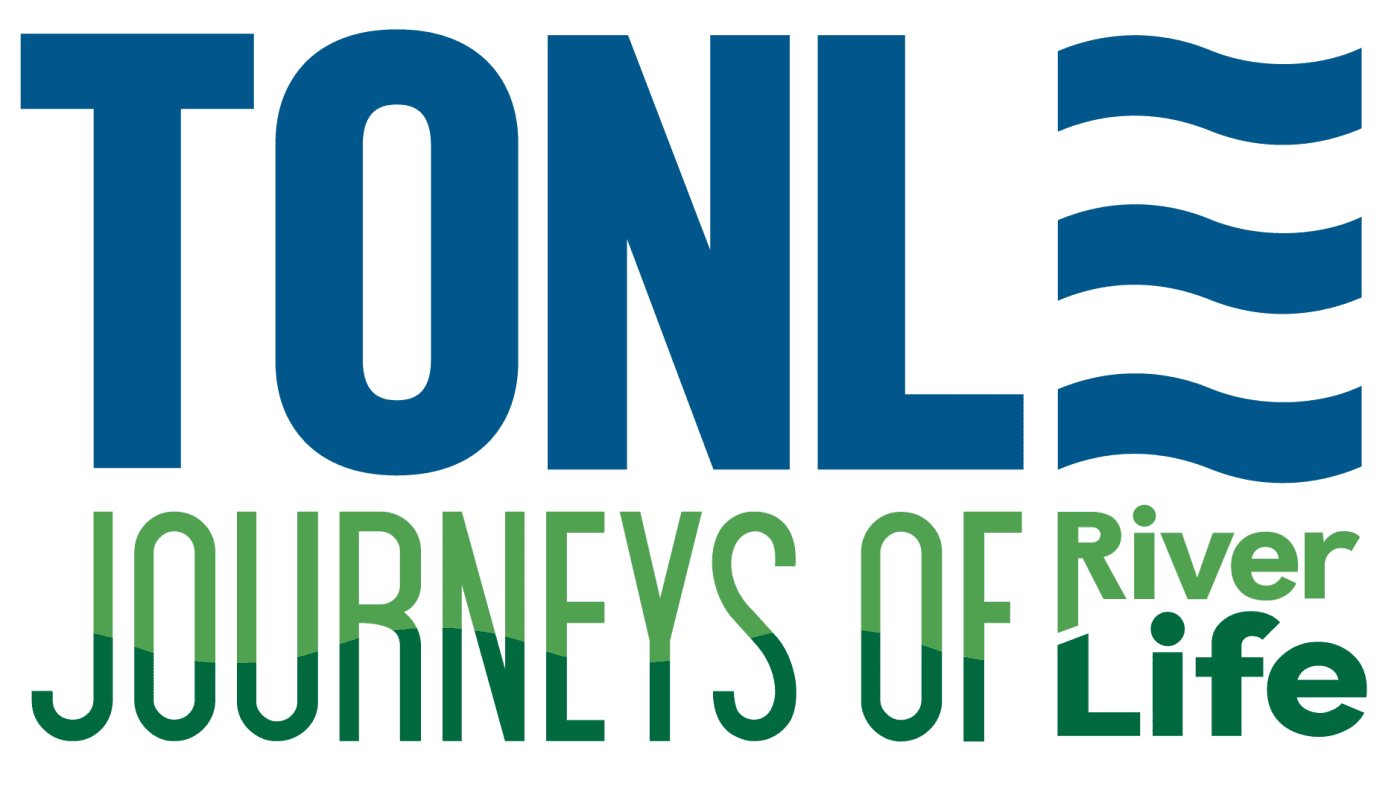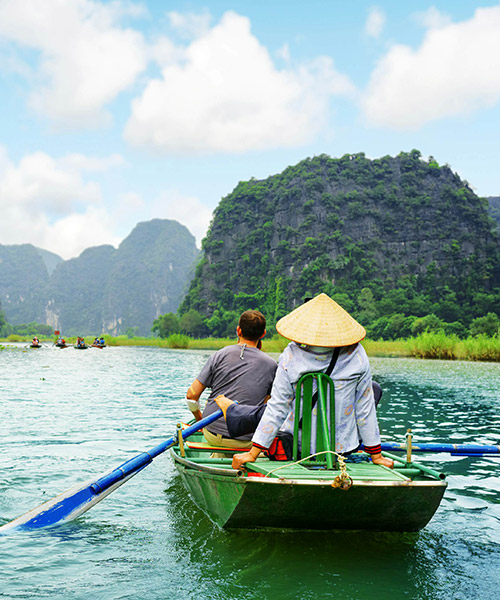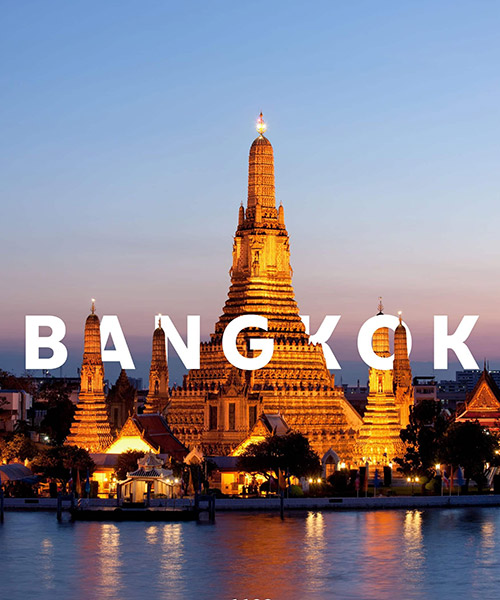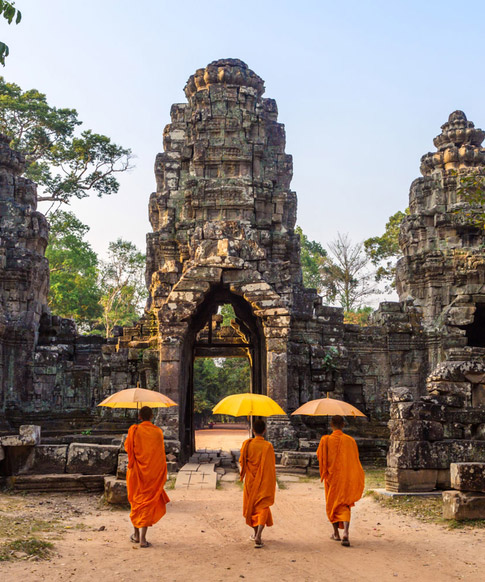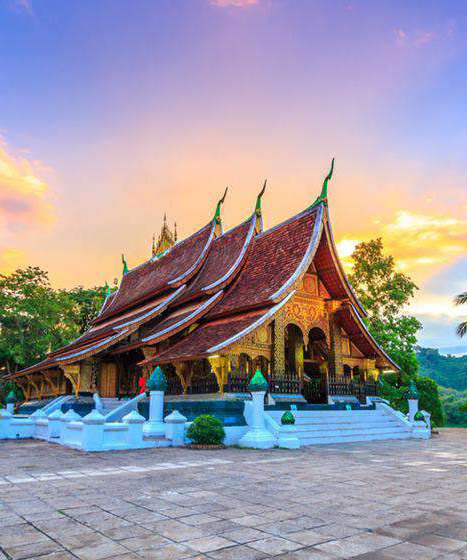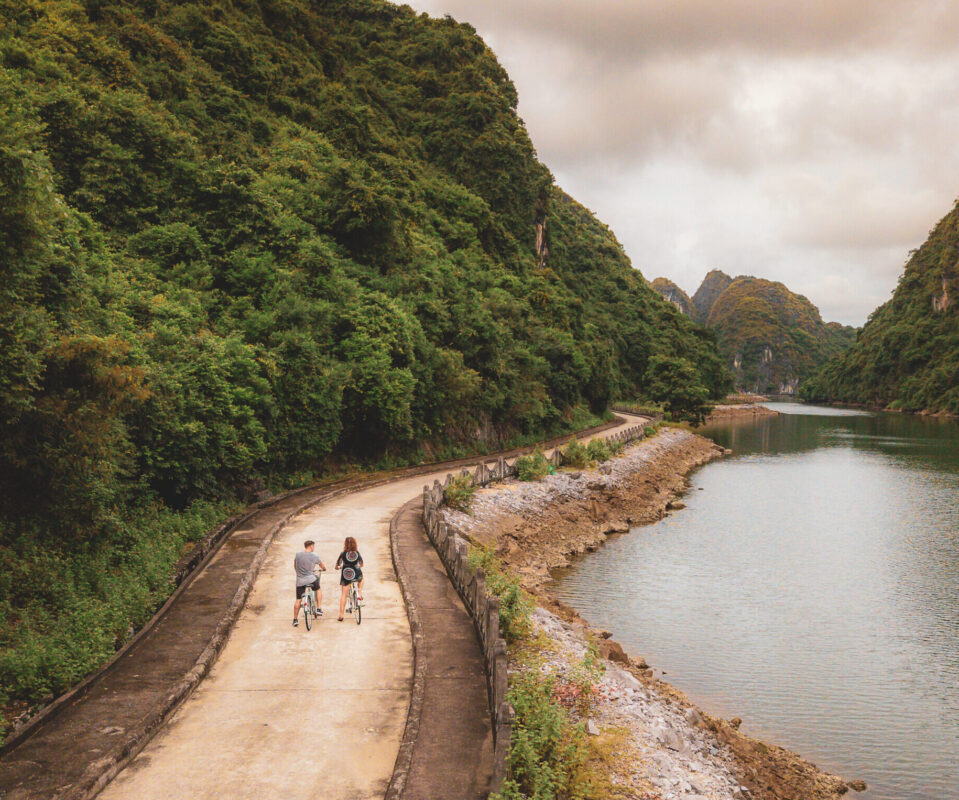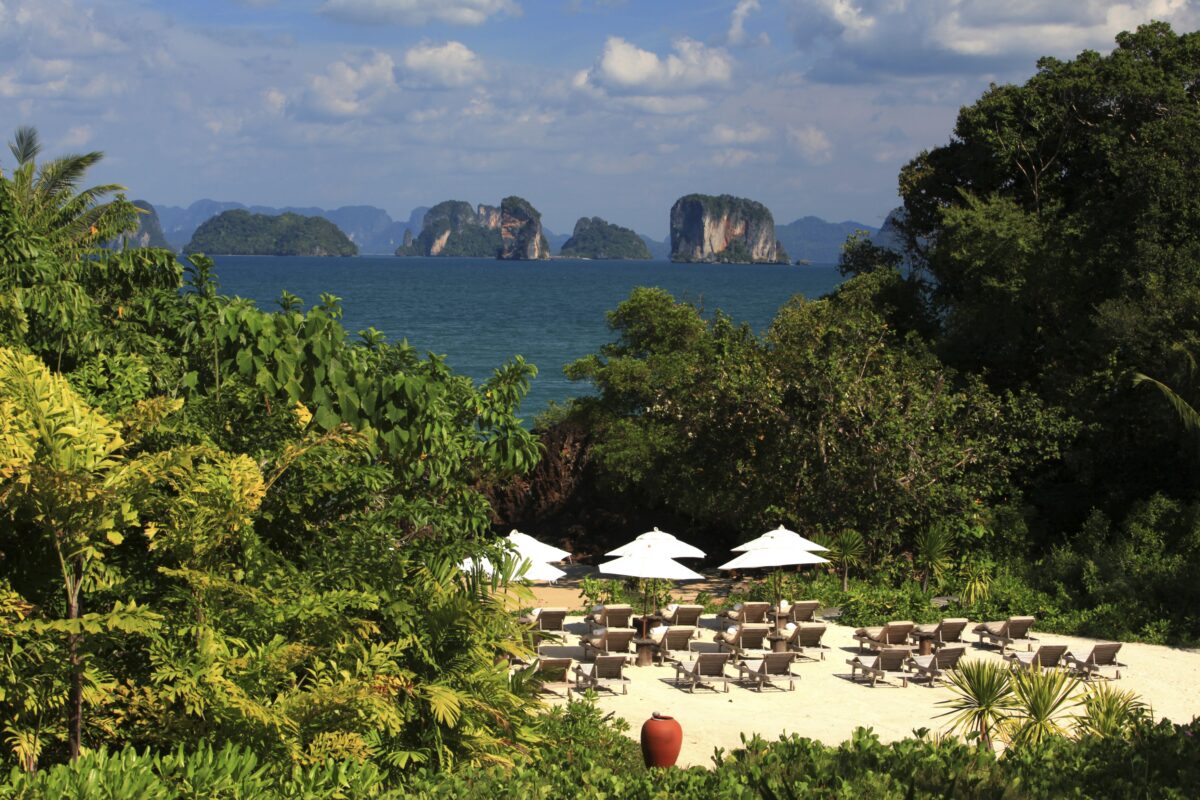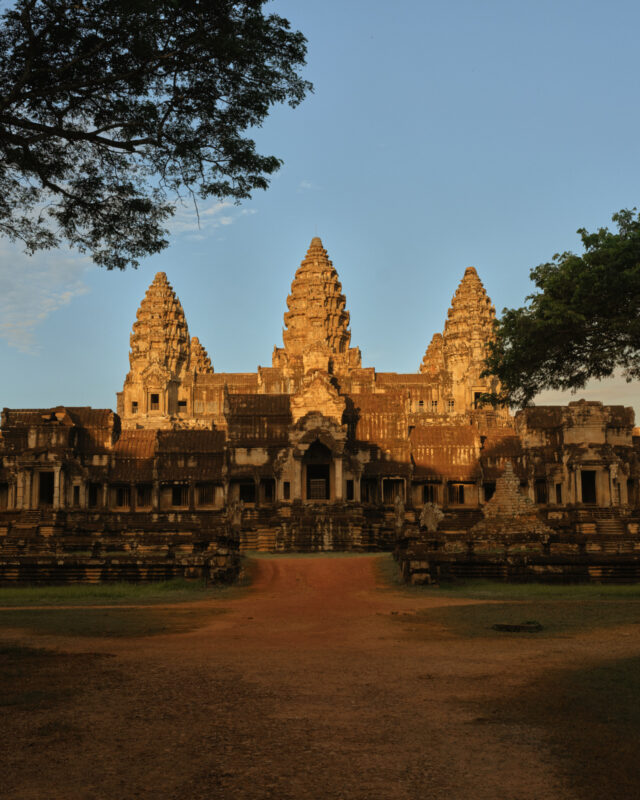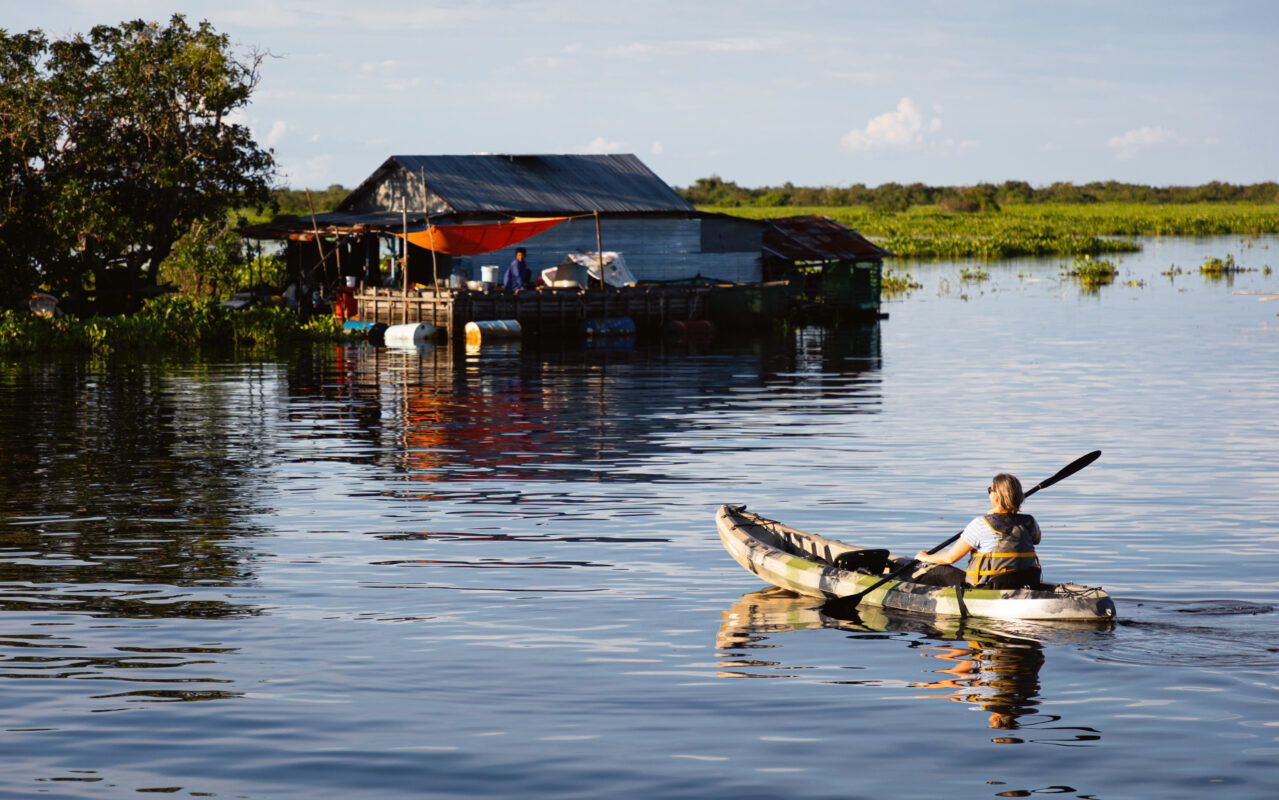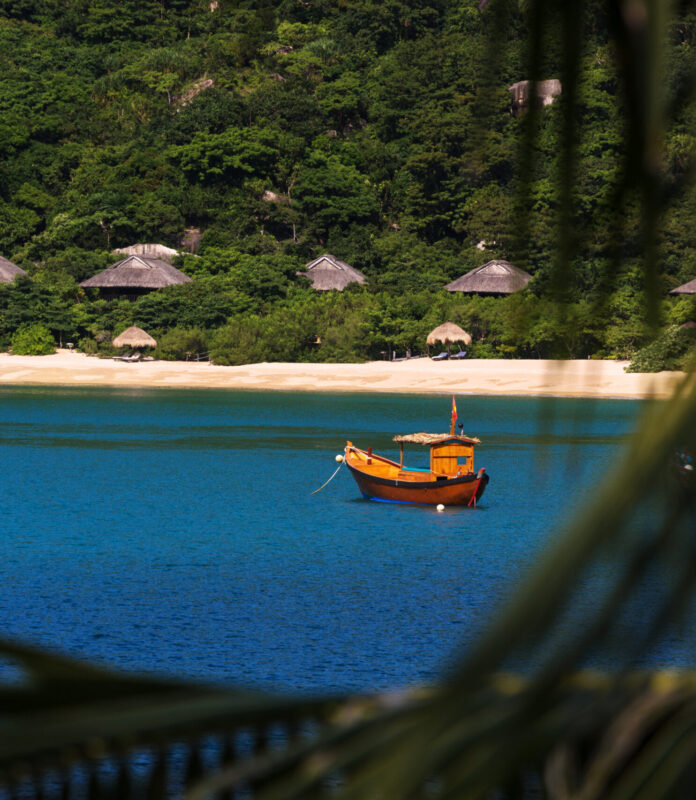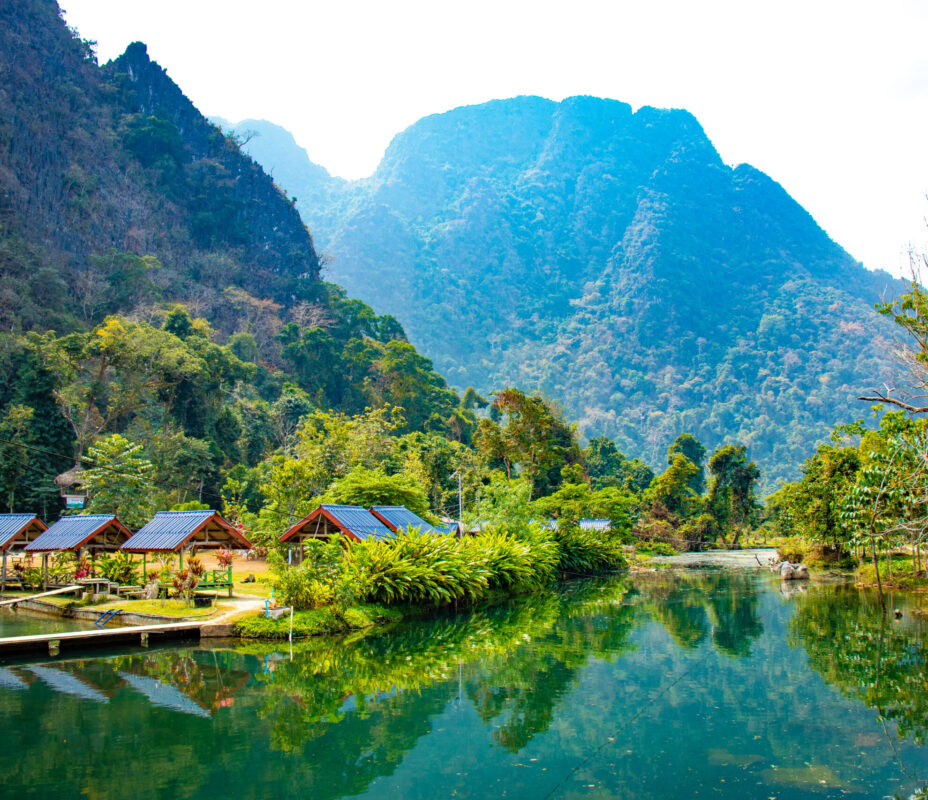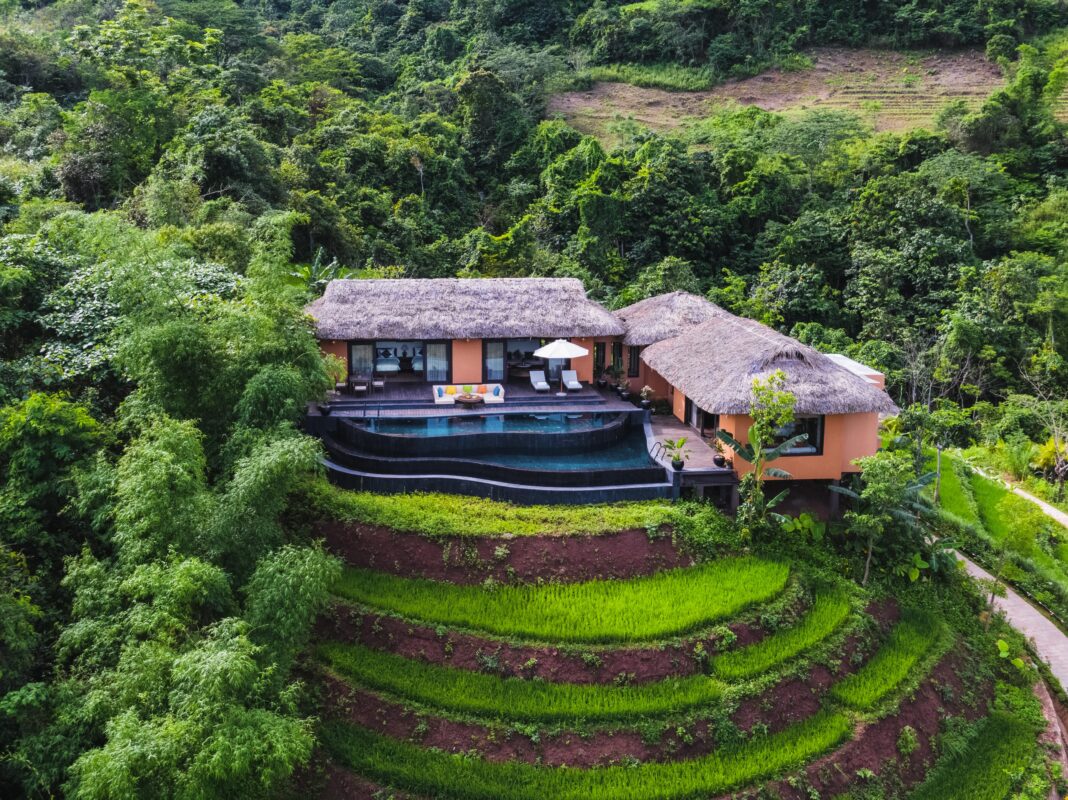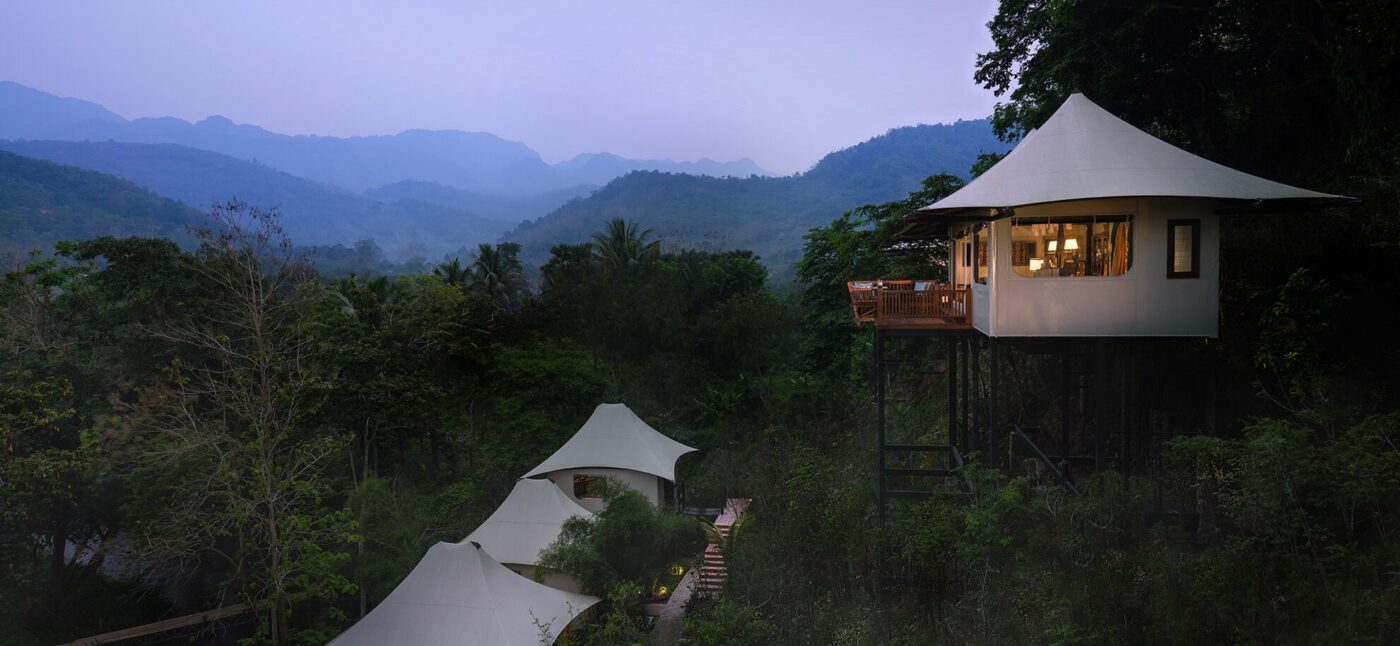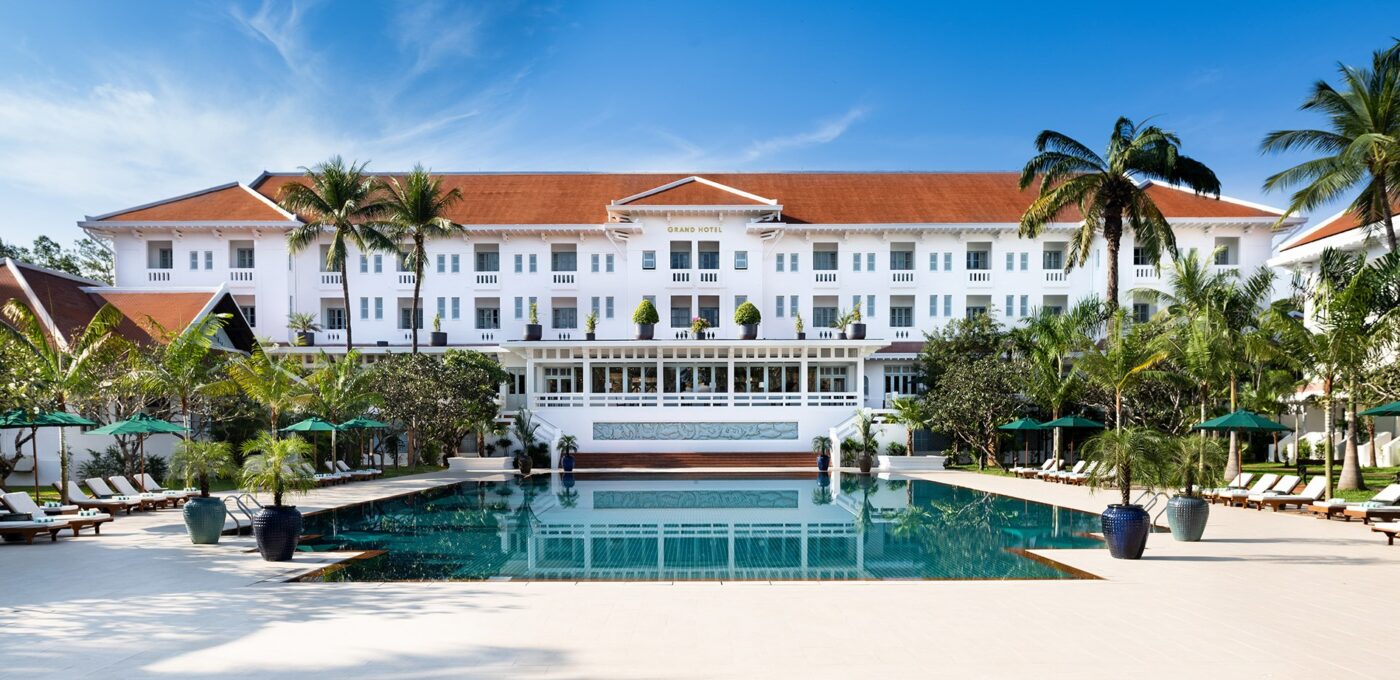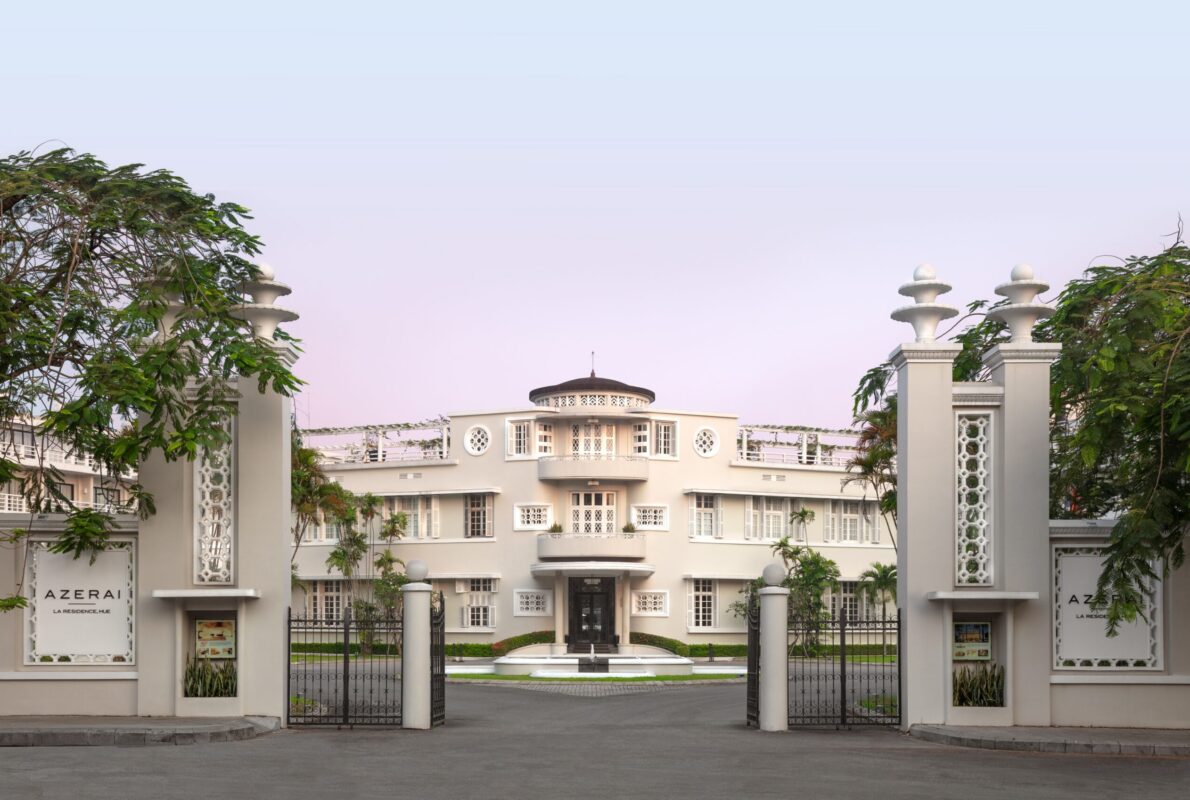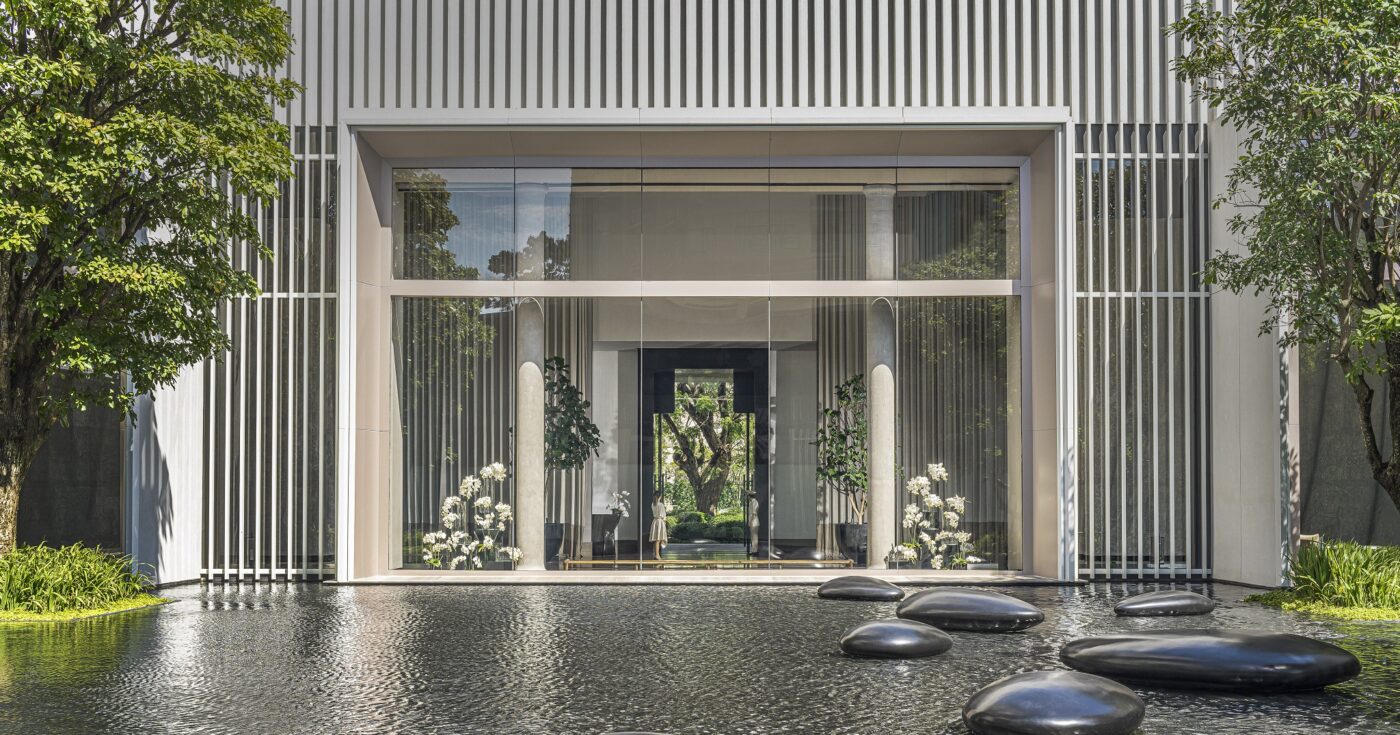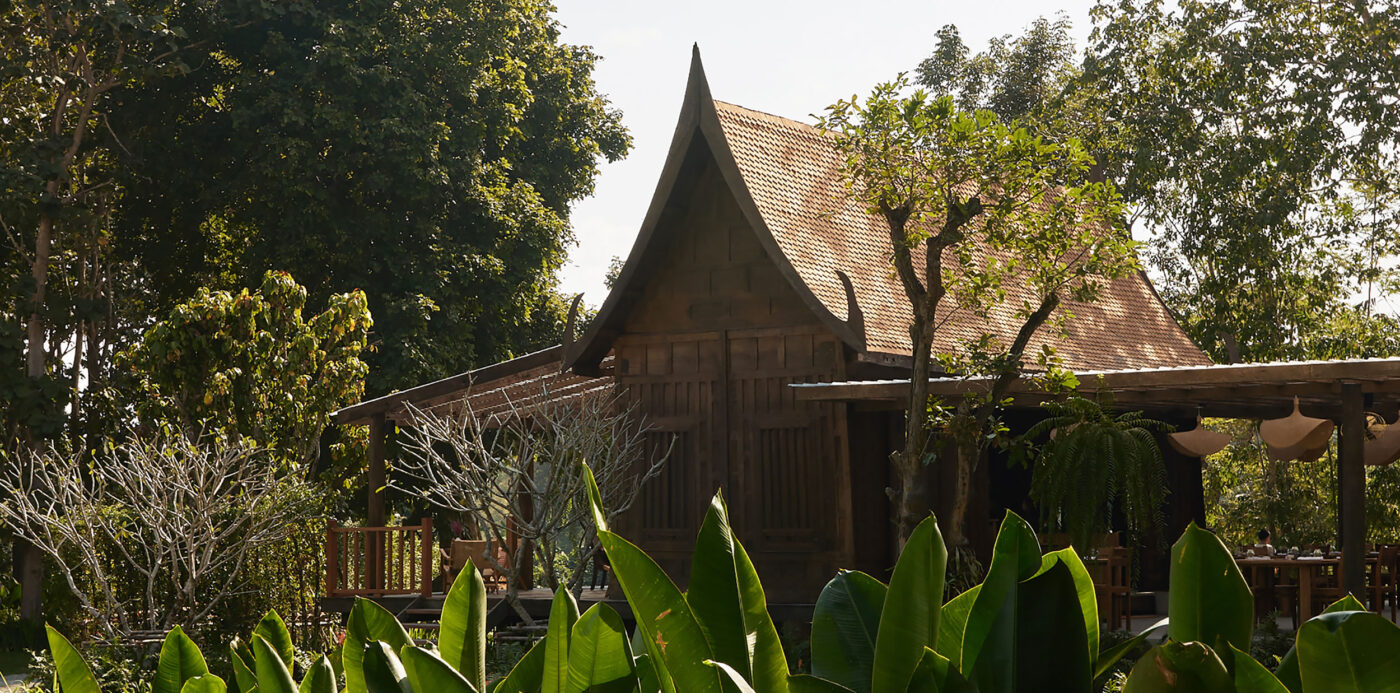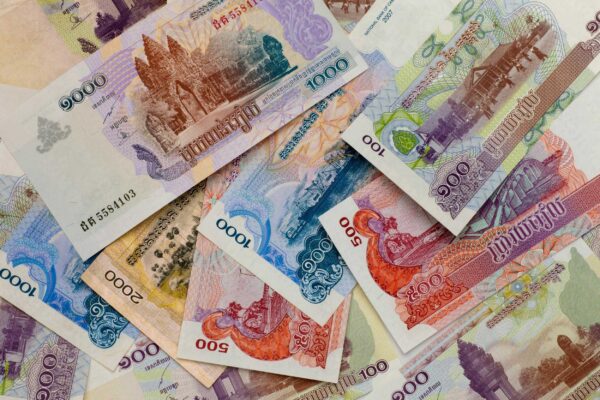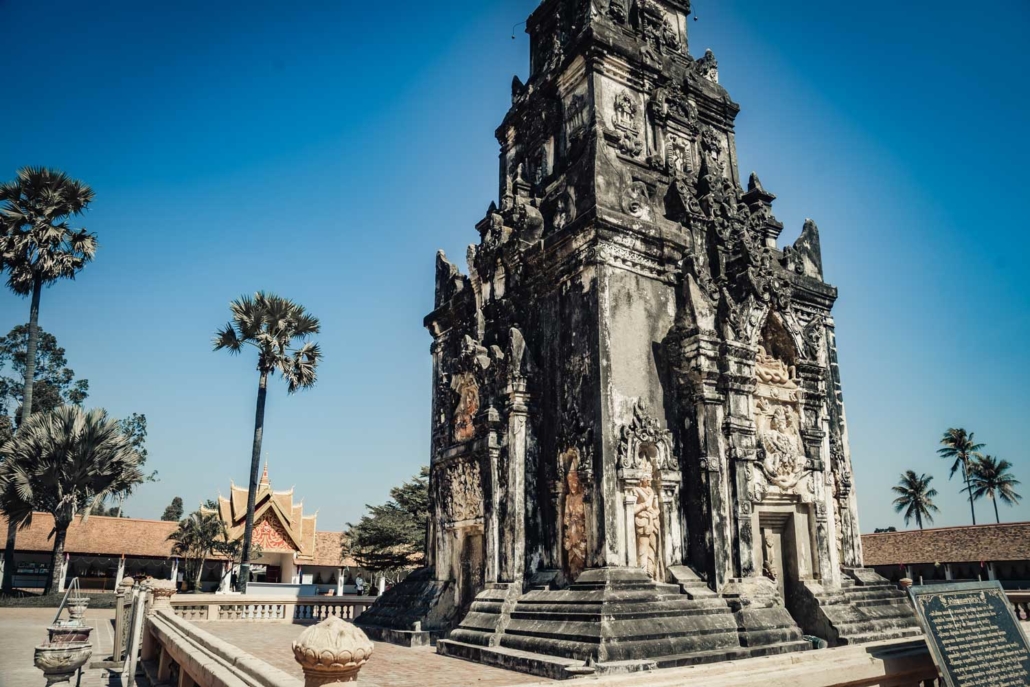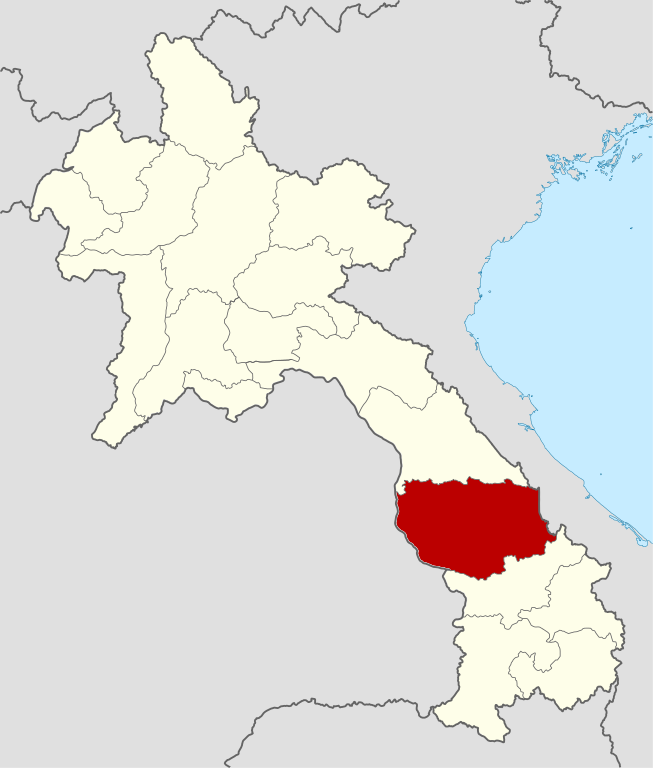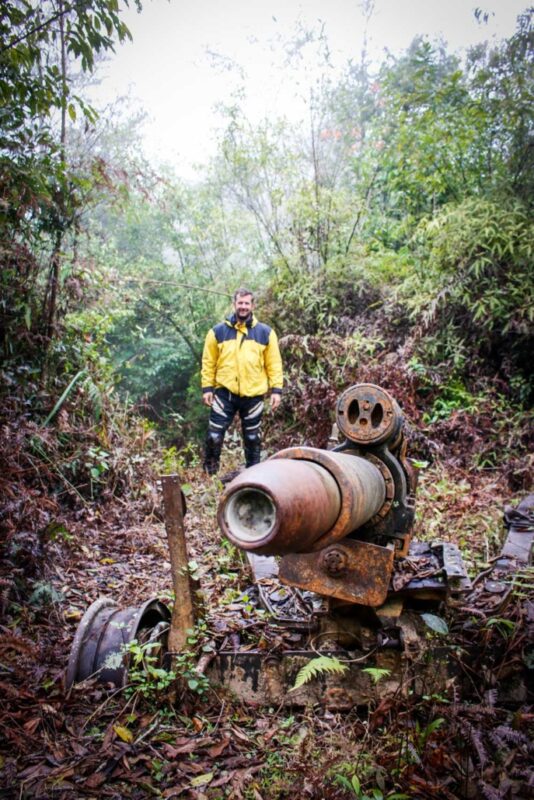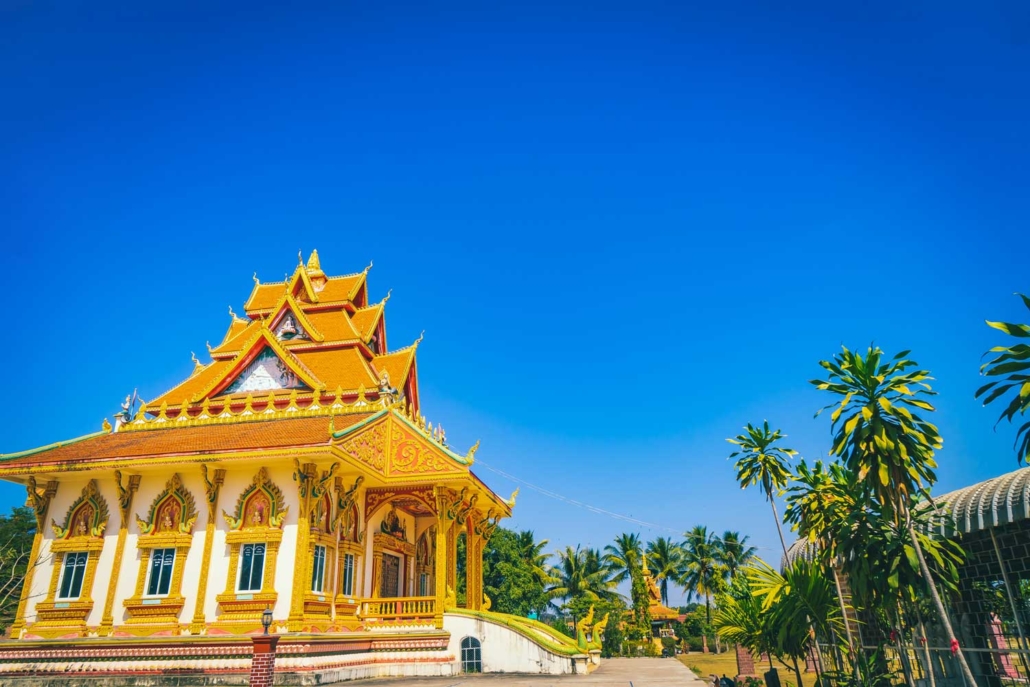SAVANNAKHET OVERVIEW
Located: in the central part of Laos
Total area: 21,774 square kilometers
Population: 989,700 (2024)
15 Districts: Kaysone Phomvihane, Outhoumphone, Atsaphanthong, Phine, Sepone, Nong, Thapangthong, Songkhone, Champhone, Xonbouly, Xaybouly, Vilabouly, Atsaphone, Xayphouthong and Phalanxay
Capital of the province: Kaisone Phomvihan
- Cultural diversity
- Ho Chi Minh Trail
- Silk and cotton weaving
- Home to sacred animals
Savannakhet Province is situated in the middle of the country and is the largest province (21,774 square kilometers), bordered by Vietnam to the East, Thailand to the West, Khammouane Province to the North and Salavanh Province to the South.
The name of Savannakhet Province derives from old Pali language, meaning “a land of gold”. The area of Savannakhet Province has been inhabited since ancient times, benefitting from the Mekong River and its tributaries. People here have cultivated rice in the largest plain in the country, and fostered rich arts and culture.
60% of land is covered by forests. A wide variety of ethnic groups are found in the province: Lowland Lao, Phoutai, Thai Dam, Katang, Mangkong, Vali, Lava, Soui, Kapo, Kaleung and Ta-Oi. In addition, many Vietnamese and Chinese descendants live in the province as well. This fact makes the province rich in cultural and gastronomic diversity.
Savannakhet has long been a centre of trade and power. The province is well noted as the birthplace of the Honorable Kaisone Phomvihan, first Secretary of the Lao People’s Revolutionary Party and co-founder of the Lao PDR. His house and a museum documenting his life achievements can be visited in Savannakhet Town.
The province’s history, however, goes back long before the time of man. The area was once inhabited by dinosaurs as evidenced by the bones found in Bang Tang Wai Village and the giant footprints found in Phalanxay, which are documented in the Savannakhet Dinosaur Museum. Remnants of an ancient civilization can be seen at the Stone temple, Heuan Hin, a pre-Angkorian building located 40km downstream from town along the Mekong. That Ing Hang Stupa, originally built more than 1.000 years ago and later rebuilt by King Saysethathirath in the 16th century, is the province’s most important religious site. Also of interest is the historic library, Hortay Pidok, which is believed to have been built in the 18th century and was traditionally used to house old “Bai Lan” Buddhist scriptures.
Of more recent history is the section of the Ho Chi Minh Trail which passes through Savannakhet. Old tanks, guns and other war equipment left behind on the trail can be seen near villages on Route 9 near the Vietnam border.
The Phouthai ethnic group, known for its unique silk and cotton weaving, claims its origin in the province’s Vilabouly District. The Katang ethnic group, which is loved for its famous folk song, Lam Tang Wai, also has traditional lands in Savannakhet. For nature enthusiasts, trekking in Dong Phou Vieng National Protected Area (NPA) provides an opportunity to see rare Douc and Silvered Langurs. Phou Xang Hae NPA has a population of wild elephants as well as distinctive rocky outcrops and vistas. The Eld’s deer, once considered to be extinct in Laos, were rediscovered in 2002 in Xonbouly District and are revered by local villagers. The Province is a hot spot for crocodiles, which inhabit the confluence of the Champhone and Xe Bang Hieng Rivers. Hundreds of stump-tailed macaques, considered sacred by locals, are easily spotted in the 4-hectare Monkey Forest. Giant Asian soft shelled turtles, also considered sacred, can be easily seen in Ban Done Daeng. In Dong Na Tad Provincial Forest, snakes, monkeys and old-growth forest are well protected by the villagers for spiritual reasons. Locally guided tours to the area are available.
Savannakhet is most noted for its weavings, especially Phouthai silk and cotton weaving in Vilabouly District, and ethnic Katang weaving in the Dong Phou Vieng area. The favorite national meat, “sin savanh”, a flat, sweet dried beef sprinkled with sesame seeds, originates from Savannakhet and can be purchased in local markets.
The That Ing Hang Festival is the largest festival of the year and is typically celebrated in December at the time of the full moon.
TOURIST DESTINATION
THAT ING HANG STUPA
That Ing Hang Stupa is about nine metres high with beautiful carving and decoration. It’s reported to house a relic of Buddha’s spine. The 16th century stupa is located in Savannakhet, Central Laos. Savannakhet itself is famous as the birthplace of Laos’ popular former leader, Kaysone Phomvihane. It was also known as a French trading outpost back in colonial times therefore there are a number of vintage French colonial and Sino-Franco buildings in the business districts. The sacred stupa is an important place of worship not only for Laotian Buddhists but also Thai Buddhists who live in northern Thailand. ‘Dress with respect’ is a must for all visitors. Women may be required to wear traditional pahsin (Lao-style sarong) before entering the temple grounds. There are plenty of them available at the nearby stands and stores. To get there from Kaysone Phomvihane, it’s best to take a tuk tuk taxi for the roundtrip or to rent a motorbike. If coming from Thailand, visitors can easily cross the 1.6km-long Friendship Bridge from Mukdahan Province to Laos’ Savannakhet.
THAT PHONH STUPA
This stupa is said to date back to the 16th century and has sacred links with That Phanom Stupa in Thailand. An annual festival is held during the full moon days in February. Located along Route No.13 From Savannakhet city take Route 9B south to Ban Lak 35 and continue on for another 3km before turning right. Continue onwards for 18 km before turning left. The Stupa is 3km down this road. Open daily from 08:00AM-06:00PM.
HORTAY PIDOK (Ancient Buddhist Scripts Library)
This is an impressive old structure originally built in the 17th century. It is the most important repository of palm leaf books written in Burmese Pali, Khmer and ancient Lao alphabets in Laos. There are currently 4,000 books containing 361 different stories. The books are maintained in good condition by monks and novices, as well as the local people. The library is open daily from 08:00AM-05:00PM. Located in Ban Nonglam Chanh, from Savannakhet city you need to take Route 11 to the east for about 55km. Once you reach the town of Ban Kengkok, continue east for another 7km to Ban Taleo before turning left and heading north for another 16km.
HEUAN HIN (Stone House)
Heuan Hin literally means “Stone House” and is believed to have been one of the 121 rest houses constructed by King Jayavarman VII (1181-1218) along the roads which once connected every corner of the Khmer Empire. Therefore, it shares similar characteristics with Wat Phou in Champasak and Phimai Temple in Thailand. An annual festival is held in the full moon night in April. Open daily from 08:00AM-04:00PM. Located Along Route No.13 From Savannakhet city take Route 9B south to Ban Lak 35 and continue a further 3km before turning right. After 10km you will reach Xayphouthong town, turn left There and about 16km along the Mekong River you will come to the house.
FRENCH COLONIAL ARCHITECTURE
Legacies of the French colonial period can be found all over Laos, including great tasting baguettes and cheese, good wine, Catholicism and the mark of all colonial powers-architecture. The city of Savannakhet in Southern Laos is full of fine, if crumbling, examples of French colonial architecture. Most of these buildings have deteriorated over the years due to neglect, war and poverty but they still retain a sense of romance and history. The most popular and well known examples of French architecture in Savannakhet include St. Theresa’s Catholic Church and the numerous colonial shop houses. Located in Kaysone Phomvihanh Town Legacies of the French colonial period can be found all over Laos, including great tasting baguettes and cheese, good wine, Catholicism and the mark of all colonial powers-architecture. The city of Savannakhet in Southern Laos is full of fine, if crumbling, examples of French colonial architecture. Most of these buildings have deteriorated over the years due to neglect, war and poverty but they still retain a sense of romance and history. The most popular and well known examples of French architecture in Savannakhet include St. Theresa’s Catholic Church and the numerous colonial shop houses. Located in Kaysone Phomvihanh Town. Located Along Route No.13 From Savannakhet city take Route 9B south to Ban Lak 35 and continue a further 3km before turning right. After 10km you will reach Xaiphoutoung town, turn left There and about 16km along the Mekong River you will come to the house.
LAO SILK-COTTON WEAVING CENTRE
Lao Silk- Cotton Weaving Centre is located in Ban Nongkadeang, Vilabouly District. This centre has a lot of products such as bags, shirt, Lao skirt and Lao silk. The center has a training centre where they learn how to mix indigo, weaving, spining, and tailor. They export their products to Japan. This centre is supported by Sepon Copper Mine Company. Open daily from 8:00am – 6:00pm Located along Route No.9, Vilabouly District.
